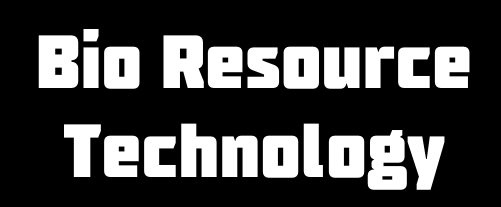Introduction
India’s ambitious space mission, Chandrayaan 3, has been the talk of the town ever since its announcement. Building on the success of its predecessors, Chandrayaan 1 and Chandrayaan 2, this mission aims to further explore the mysteries of the moon. Let’s delve into the latest updates regarding the launch of Chandrayaan 3 and what lies ahead for India’s space exploration endeavors.
Background of Chandrayaan 3
Chandrayaan 3 is India’s third lunar exploration mission, following the successful Chandrayaan 1 in 2008 and the partially successful Chandrayaan 2 in 2019. The mission’s primary objective is to land an unmanned rover on the moon’s surface, expand our understanding of lunar geology, and analyze the presence of water molecules. The Indian Space Research Organisation (ISRO) is spearheading this mission, showcasing India’s growing prowess in space technology.
Latest Launch Updates
-
Revised Timeline: The original planned launch date for Chandrayaan 3 was early 2021, but due to various technical and logistical considerations, the launch timeline has been revised. As of the latest updates, the launch is expected to take place in late 2022 or early 2023.
-
Technological Upgrades: Chandrayaan 3 will feature several technological upgrades compared to its predecessor, Chandrayaan 2. These enhancements aim to improve the mission’s overall success rate and scientific output, including better navigation systems, communication capabilities, and landing mechanisms.
-
Collaborations and Partnerships: ISRO has been actively collaborating with international space agencies and organizations for Chandrayaan 3. These partnerships include knowledge sharing, technology transfer, and joint research initiatives, showcasing a global effort towards lunar exploration.
-
Landing Site Selection: Scientists and researchers have been diligently working on selecting the optimal landing site for Chandrayaan 3. Factors such as the presence of water ice, terrain conditions, and scientific interest are being considered to ensure a successful touchdown and fruitful mission.
-
Public Outreach and Awareness: ISRO has been engaging in extensive public outreach and awareness campaigns to educate and inspire the masses about Chandrayaan 3. Webinars, workshops, and social media campaigns have been instrumental in garnering support and enthusiasm for India’s upcoming lunar mission.
Challenges and Opportunities
Despite the technological advancements and meticulous planning, Chandrayaan 3 faces several challenges and opportunities on its journey to the moon. Some of the key aspects to consider include:
-
Budget Allocation: Securing adequate funding and resources is crucial for the successful execution of Chandrayaan 3. ISRO and the Indian government need to prioritize the mission’s financial requirements to overcome any budgetary constraints.
-
Risk Management: The inherent risks associated with any space mission, such as technical failures, communication issues, and landing difficulties, need to be carefully assessed and mitigated. Preemptive measures and contingency plans should be in place to address unforeseen challenges.
-
Scientific Discoveries: Chandrayaan 3 provides a unique opportunity to make groundbreaking scientific discoveries about the moon’s composition, origin, and evolution. Analyzing lunar samples, mapping surface features, and studying magnetic fields are some of the potential avenues for new findings.
-
International Collaboration: Leveraging partnerships with other spacefaring nations can enhance the scientific relevance and success of Chandrayaan 3. Collaborative research projects, data sharing agreements, and joint missions can amplify the mission’s impact on a global scale.
FAQs (Frequently Asked Questions)
- When was Chandrayaan 3 announced?
-
Chandrayaan 3 was officially announced by ISRO in early 2020, outlining its objectives and mission timeline.
-
How does Chandrayaan 3 differ from Chandrayaan 2?
-
Chandrayaan 3 focuses primarily on landing a rover on the moon, whereas Chandrayaan 2’s lander Vikram faced a hard landing in 2019.
-
What are the key scientific goals of Chandrayaan 3?
-
The mission aims to analyze lunar soil for water molecules, study surface topography, and conduct experiments to understand the moon’s geological composition.
-
Which rockets will be used to launch Chandrayaan 3?
-
ISRO is planning to launch Chandrayaan 3 aboard its GSLV Mk III rocket, known for its reliability and payload capacity.
-
How long is the expected duration of Chandrayaan 3’s mission on the moon?
- Chandrayaan 3’s mission duration on the moon is estimated to be around 14 Earth days, equivalent to one lunar day.
Conclusion
In conclusion, Chandrayaan 3 represents a significant milestone in India’s space exploration journey, poised to unravel the moon’s mysteries and contribute to scientific knowledge. With a combination of technological innovation, international collaboration, and meticulous planning, ISRO is gearing up for a successful mission to the lunar surface. As we eagerly await the launch of Chandrayaan 3, the world anticipates the valuable insights and discoveries that this mission will bring, further solidifying India’s position in the global space community.
